America’s iconic architecture isn’t the White House or the Capitol. It’s the border wall
Baja California
There may be no other more contentious piece of architecture than the wall. In 21st–century North America, the wall refers, of course, to the physical barrier running along much of the U.S.–Mexico border. It’s at once hated, demanded, inhumane, insufficient, and more. As a physical structure, it’s imposing and fraught with antagonism. As a concept, it gets even more complicated.
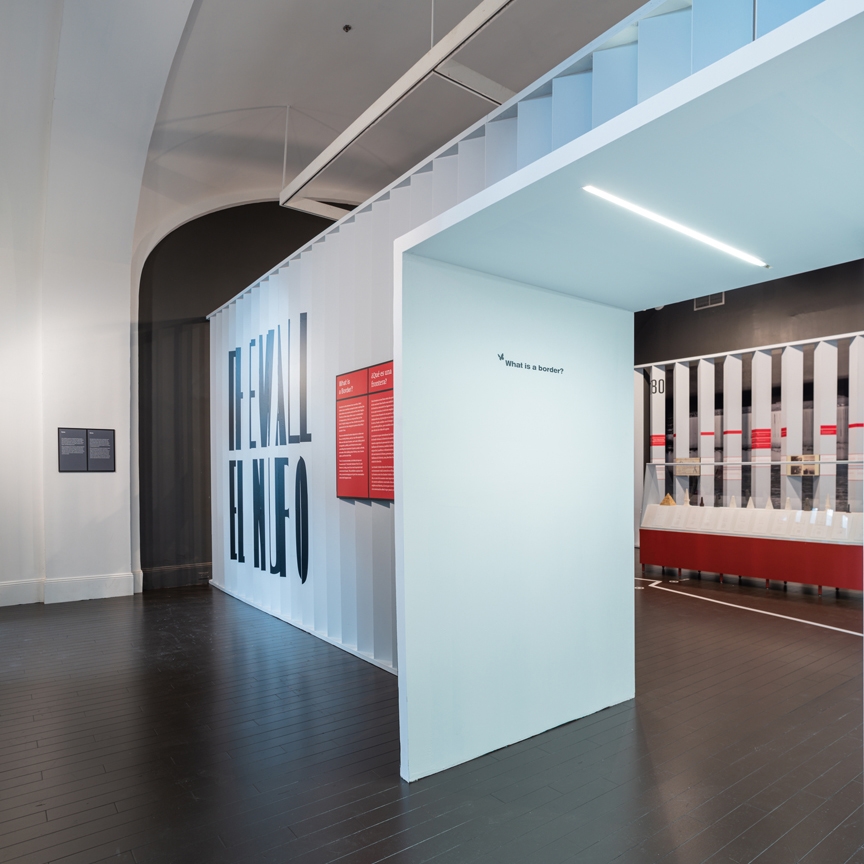
That’s what makes the wall such a ripe topic for exploration in a new exhibition opening this weekend at the National Building Museum in Washington, D.C. The Wall/El Muro: What is a Border Wall? touches on everything from the history of the border and the infrastructure along it, to the environment and culture of the borderlands straddling the line, to border patrol, immigration law, and, inevitably, national politics. It’s an exhibition that looks at what the wall is, what it means, and what it could be.
“It’s certainly not a neutral piece of architecture,” says curator Sarah Leavitt.
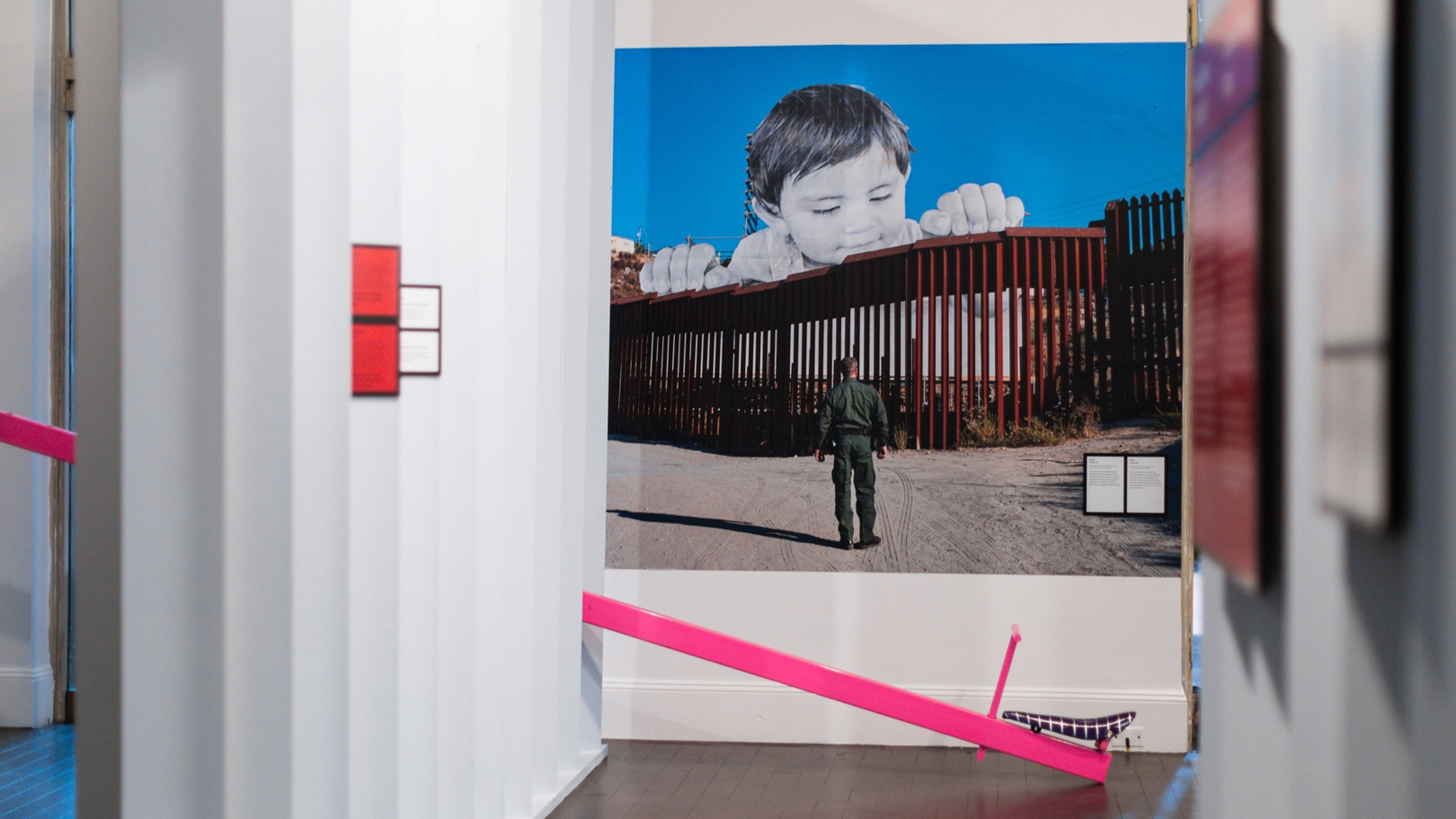
The idea for the exhibition came to Leavitt during the last presidential administration, when chants to expand the wall drew a different kind of dividing line across the country. She was interested in how this physical structure, and all it stood for, could become a kind of shorthand for an entire political ideology.
Leavitt made a series of research trips to the border in 2019, crisscrossing the line via several land ports of entry in Texas, New Mexico, Arizona, and California, where she saw the inner workings of what she calls “the border industrial complex,” from the physical structures that separate nations and peoples to the immigration and justice systems built around that division.
“We’ve of course changed the technology that we use, but a lot of border technology is ancient technology,” says Leavitt, who recently left the National Building Museum for the Capital Jewish Museum. “Ancient cultures used walls to separate each other.”
The exhibition goes beyond the architecture and infrastructure of the border wall to look at how the physical divide spills out across American society and government.
“There’s an animation that shows how the border comes to you through Drug Enforcement Agency offices, through detention offices, through sanctuary cities, through the settling of migrants, even airports. Any airport with international flights, that’s the U.S. border,” Leavitt says. “There’s U.S. border policy all over the place.”
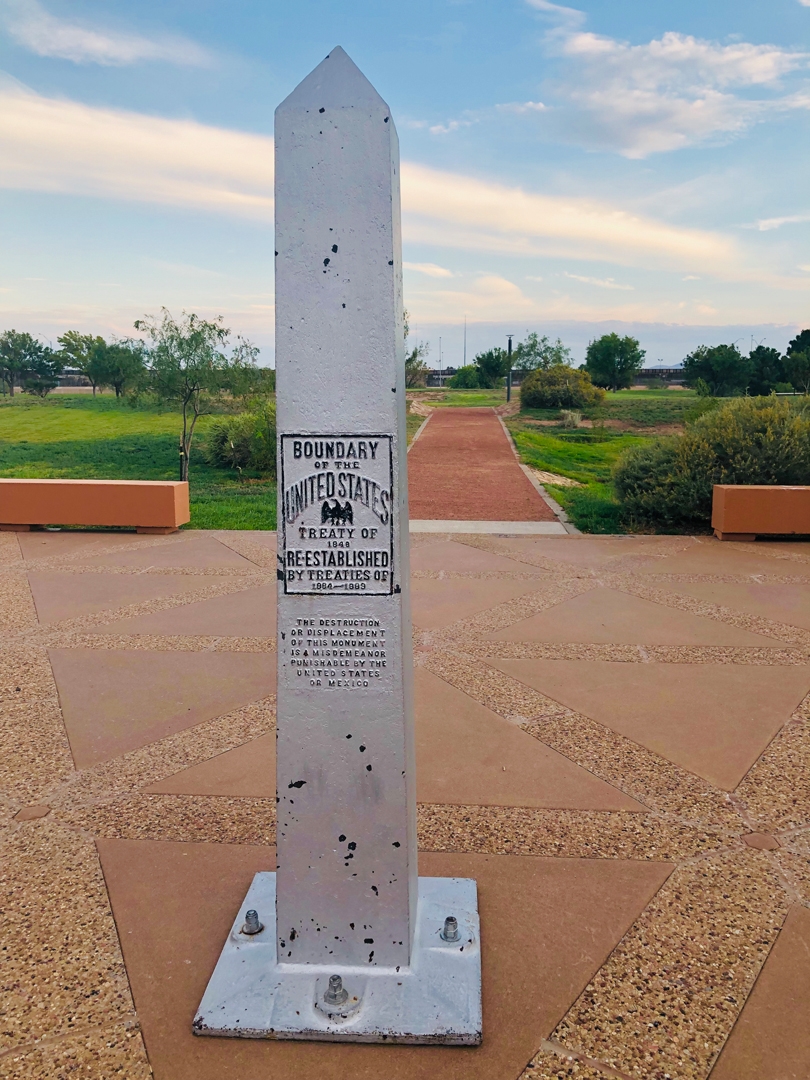
[Photo: Sarah A. Leavitt/courtesy National Building Museum]
The central focus of the exhibition, though, is the physical interpretation of the U.S.–Mexico border and the ongoing history of efforts to demarcate and secure the border line. Dating back to 1848, the international border between the two countries was surveyed and marked long before any physical boundary or fence was installed. The exhibition features models of the original 52 border demarcations that were physically planted in the 1850s to draw the line through the desert.
The first official physical boundary between the two countries wasn’t actually created until 1909, and it had a much different purpose than the wall we know today. The modest fence was built over the course of two years not by any border patrol or immigration official but by the Bureau of Animal Industry. “Cattle with foot and mouth disease were coming across the borders in both directions,” Leavitt says. “There was interest from both the U.S. and Mexico to ‘keep your diseased cattle on your side.’”
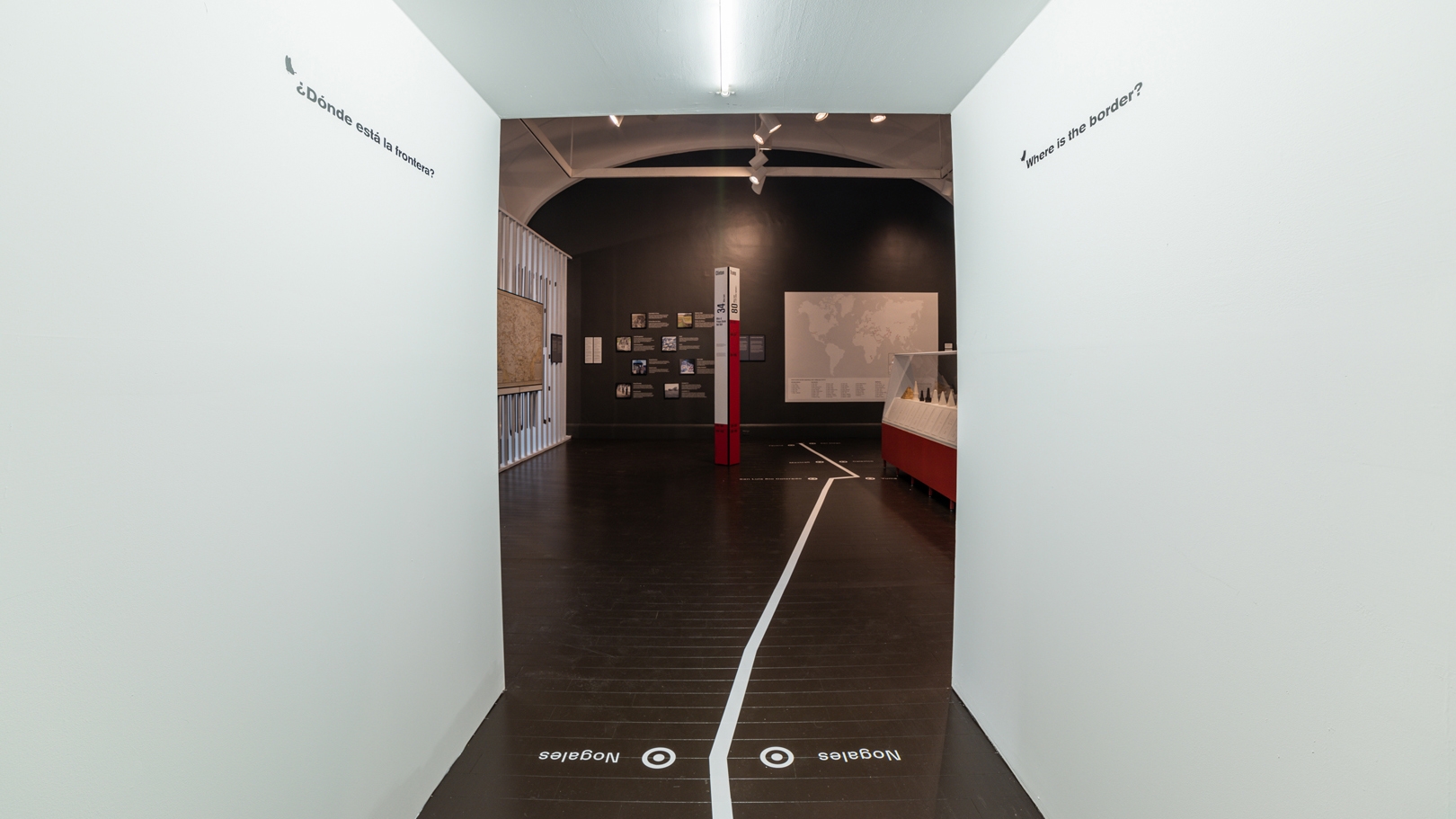
The exhibition also confronts the more recent interpretation and evolution of the wall, which became a focus of national attention during the campaign and presidency of Donald Trump. Near the models of the original border markers from the 1850s are models of the eight prototype border wall structures built by the Trump administration in 2017 and torn down in 2019. The models are built at the same scale, Leavitt says, to give visitors a sense for just how dramatically the physical barriers have changed over time, and how it still can change. Many have questioned the very idea of the wall. Groups ranging from the Center for Biological Diversity to the libertarian Cato Institute argue that it is both harmful and ineffective, and that technological solutions are a better answer to cross-border issues than a physical structure.
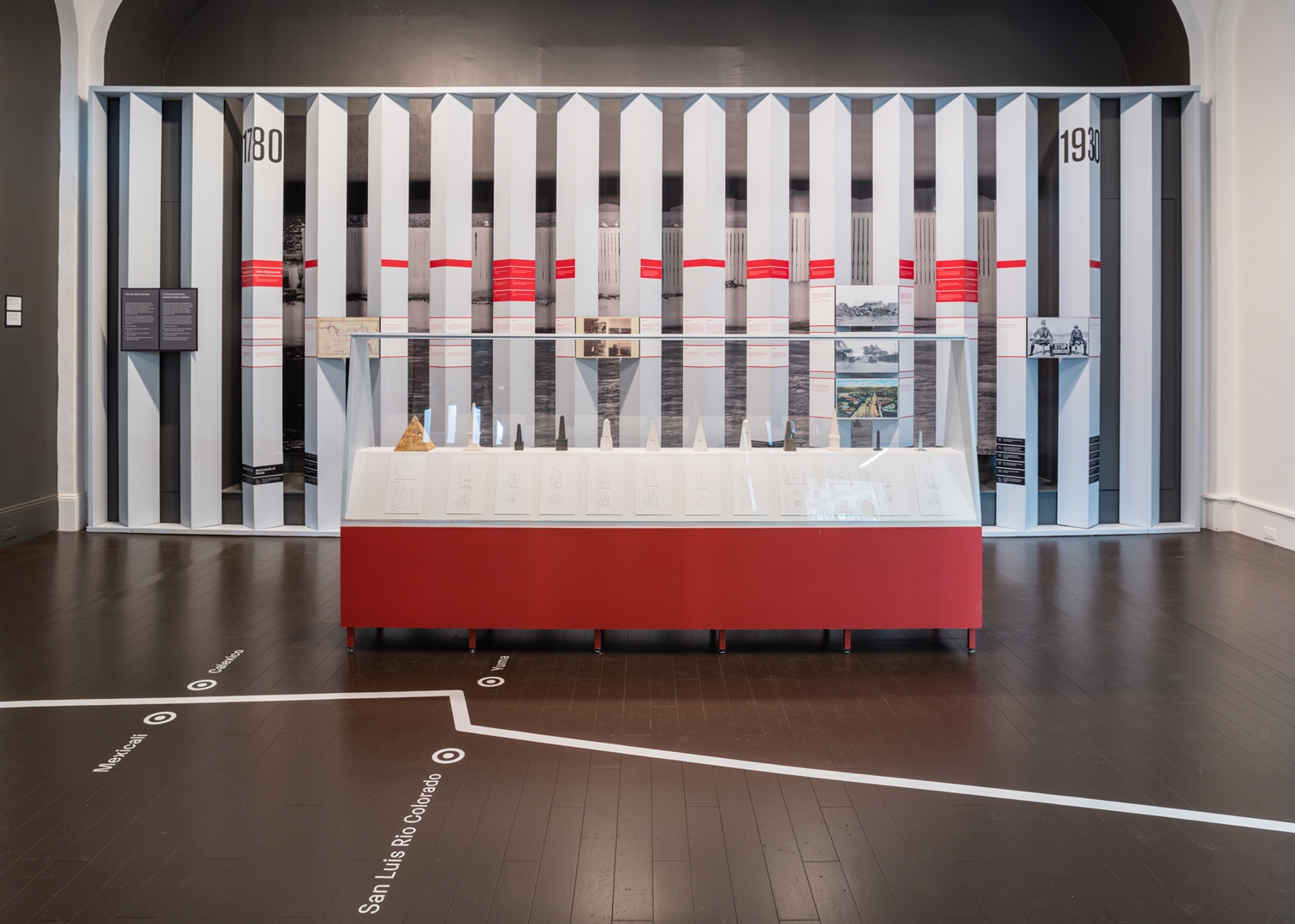
But the show also explores what hasn’t changed, especially in recent years and in the context of the human toll the border industrial complex has taken, from lives lost attempting to cross the border to those caught and detained by border patrol. “We have these 3D bar graphs showing on any given day the average number of people in detention over the past several presidential administrations, and it does go down under President Biden but a lot of that is only because of border closures due to the pandemic,” Leavitt says. “It’s important to not just talk about infrastructure and border policy, but to see how that plays out in real people’s lives.”
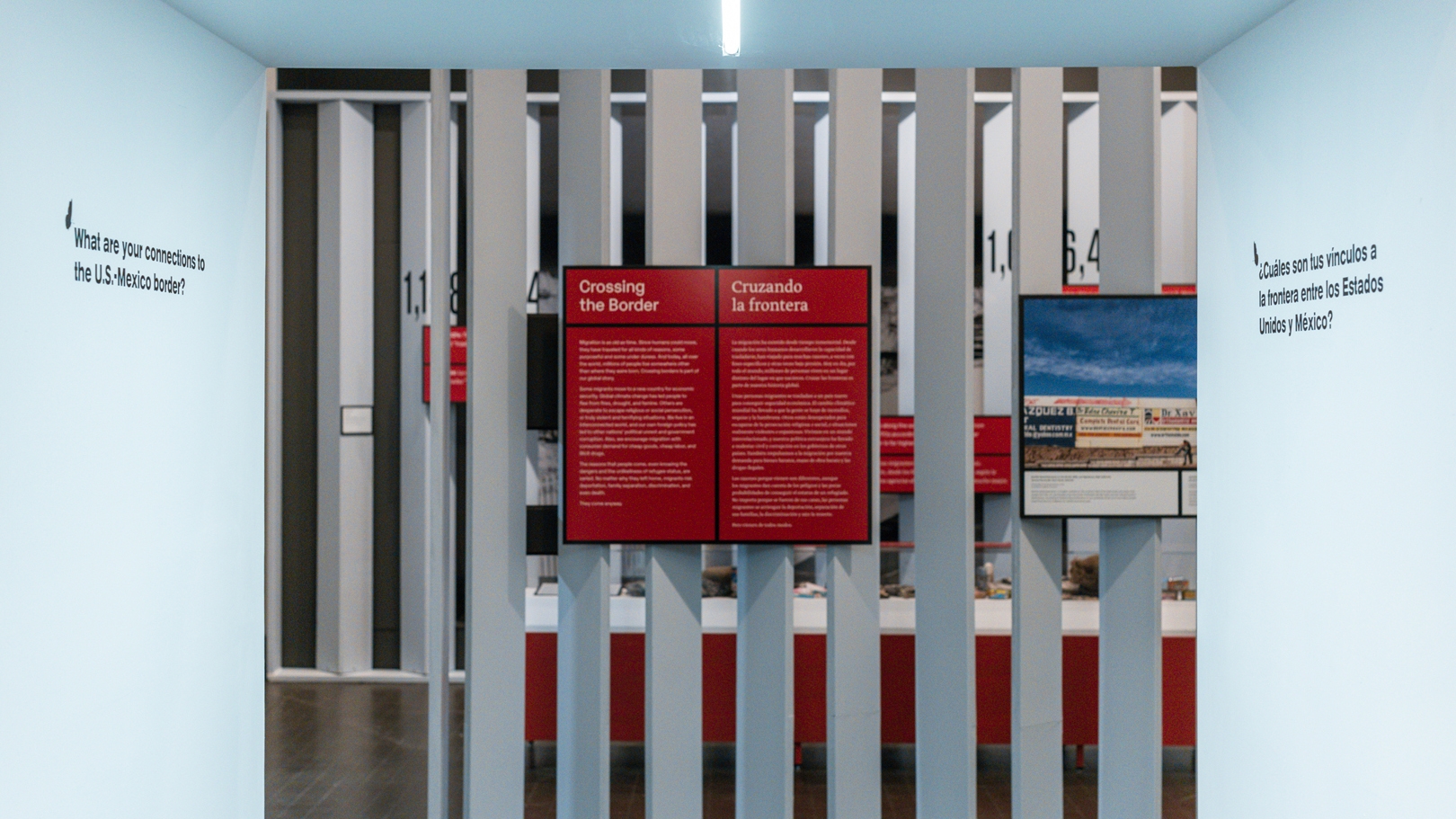
The exhibition ends by prodding visitors to think about what a just border could look like. “What does it mean to have a fair border? What would that mean, what would that look like, and how can we think about getting there?” Leavitt says. She says the exhibition doesn’t offer specific answers, but she’s hoping visitors will leave with their own ideas about how the border and the wall could change.
“It’s one thing to challenge what’s already there. It’s another thing entirely to do something different,” says Leavitt. She wants people to realize that the border “looks that way because we built it that way. So we can rebuild it differently.”
(35)

